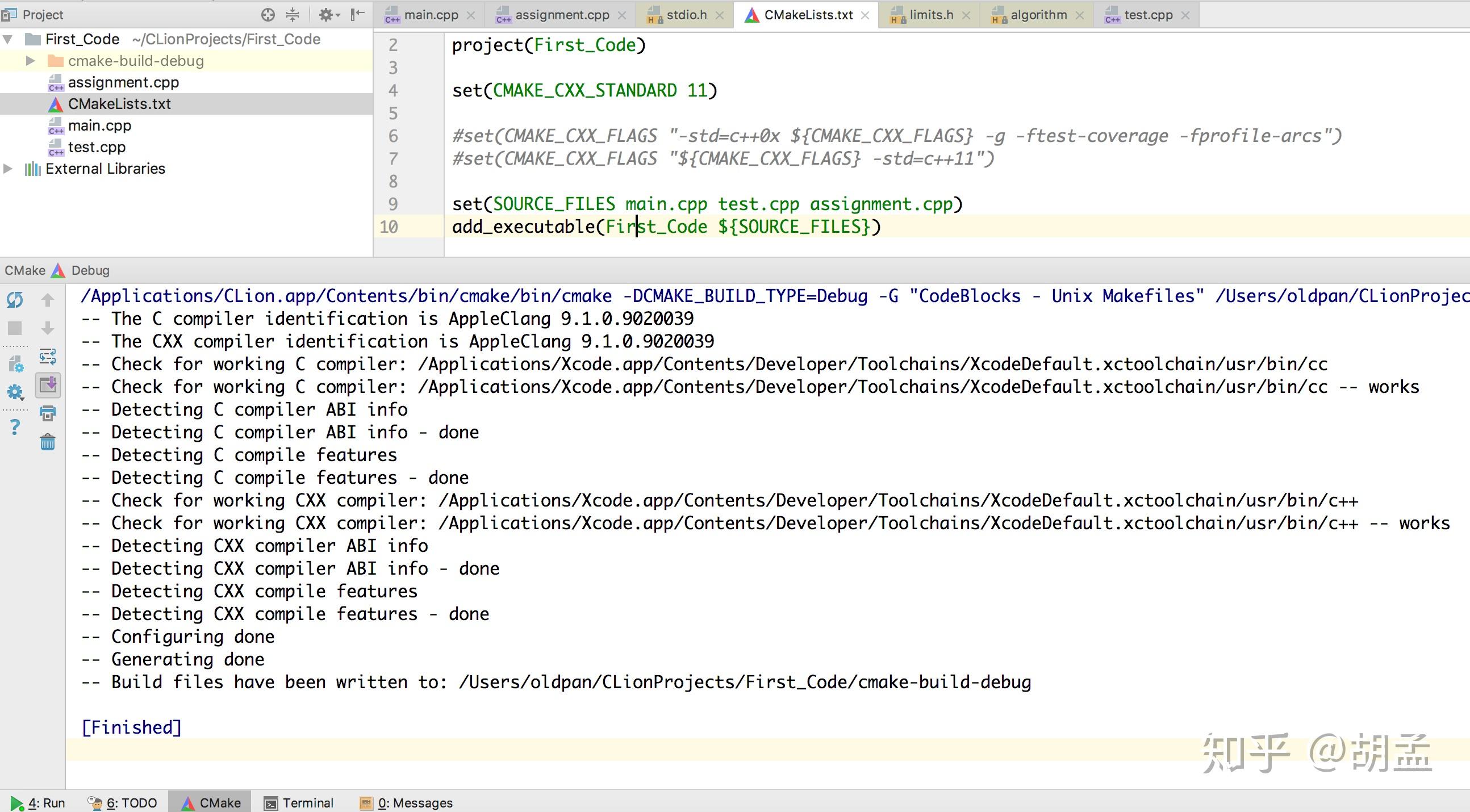

Implement pre-commit and Makefile locally, to automatically run your checks.Makefile simplifies running local quality checks while developing.
MAKEFILE VS RUNJS CODE

However, we might also want to run checks before committing code. Using pre-commit, checks are automatically ran on each commit. A list of useful pre-commit hooks can be found here. Note that Pytest is not included in our pre-commit configuration as running tests is usually expensive. Otherwise you (or the hooks) have to change the code accordingly and commit again. Only if your committed code passes all checks your commit will be completed. Finally, Pylint scans your code and gives an overall rating. Secondly, Black reformats your Python code. First a set of hooks from pre-commit reformats and checks your code. This setup ensures that for every commit, pre-commit will automatically run the set of specified hooks. pre-commit-config.yaml file is shown below: There are many hooks which can be used to check your code, like hooks from pre-commit itself, or third party tools, like Black and Pylint.
MAKEFILE VS RUNJS INSTALL
Install git hooks with pre-commit install.This file will contain the hooks you want to run and their settings. Create a pre-commit configuration file.Install pre-commit with pip install pre-commit.Configured hooks are triggered when committing your code to Git. Pre-commit is a tool that is used to run scripts (hooks) to automatically identify issues in your code. Automatically run checks with every commit Pytest makes it easy to write unit tests without boilerplate. Pylint comes with a code rating and is the most used linting tool for Python. Black is a PEP8 compliant formatter without much to configure. In our setup we use Black as formatting-, Pylint as linting- and Pytest as testing tool. Testing tool that can be leveraged to run tests against your code, to verify functionality.It checks for code errors, code with potentially unintended results and dangerous code patterns. Linting tool performs static code analysis.It makes code reviews faster and improves collaboration. Formatting tool automatically reformats entire files to a single style.Each of the three has its own purpose and complement another: To ensure our code quality we often make use of formatting-, linting- and testing tools. We will describe why you would want to use them, how they work and what a minimal setup looks like to for your new project. When set up right, they complement each other. We will highlight such a setup with the tools pre-commit and Makefile. In this blog, we are looking into a tool stack that helps us running these checks. Therefore, we recommend automating these checks to simplify your development workflow. We can run these checks manually, but this is time consuming and prone to errors. These checks will result in increased code readability, maintainability and quality and will improve collaboration amongst colleagues. Therefore, to make sure the code we commit is of sufficient quality, we use formatting-, linting- and testing tools to check our code. code containing unused imports, unformatted code or functions that do not work correctly. However, nothing stops us from committing low quality code, e.g. When developing Python code we are constantly adding and committing changes.


 0 kommentar(er)
0 kommentar(er)
